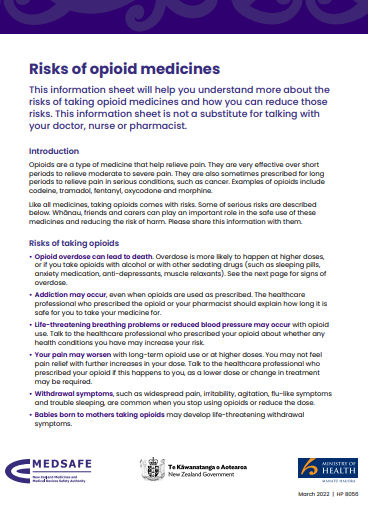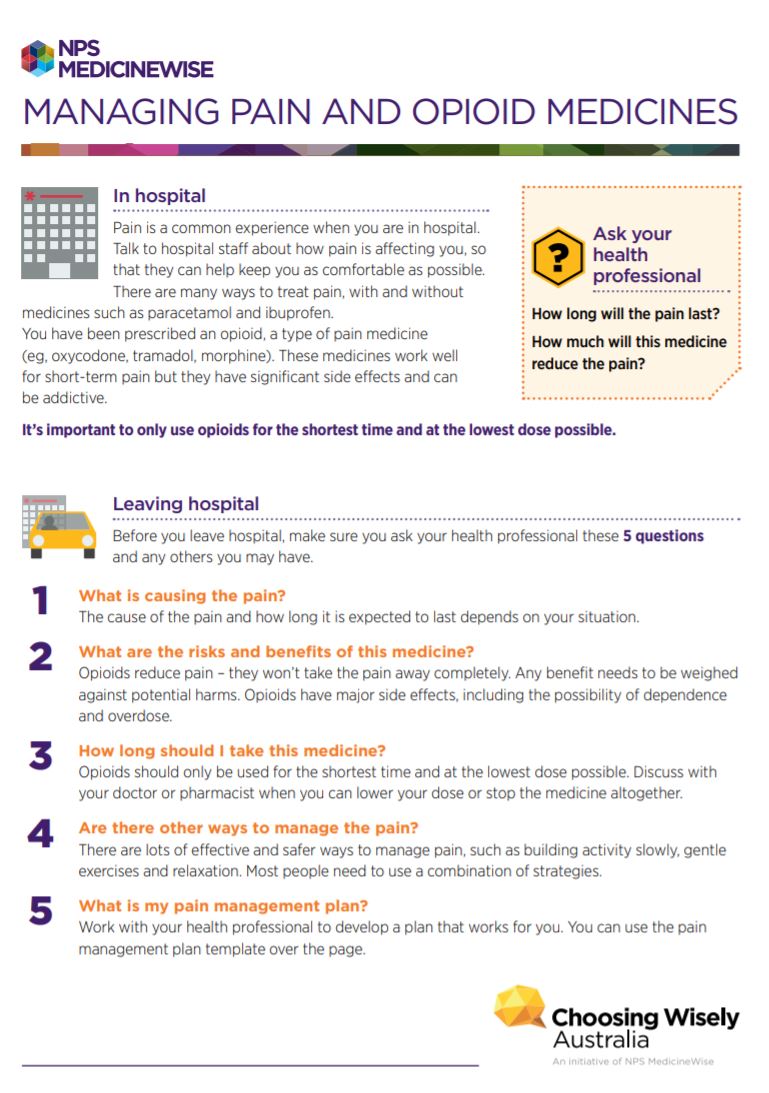Tramadol is a medicine used for the relief of moderate to severe pain. This may be after a serious injury or operation, or for pain caused by a terminal illness such as cancer. It's usually used when other milder pain medicines, such as paracetamol or non-steroidal anti-inflammatories (NSAIDs), don’t work well enough.
- Tramadol belongs to a group of medicines called opioids. They act on your brain and nervous system to reduce pain.
- Other types of pain relievers such as paracetamol and NSAIDs (ibuprofen, diclofenac, naproxen) may also be used with tramadol.
- Read more about pain, pain-relief medication and opioids.
Some types of tramadol are immediate release (or short-acting) and others are slow release (or long-acting)
- Immediate release: These start working quickly to ease pain and are usually taken every 4 to 6 hours.
- Slow release: These work slowly over several hours to give a constant and more even pain control. They are usually taken twice daily (12 hours apart) at about the same time each day.
- Follow the instructions on the label of your medicine, for how much to take and how often.









